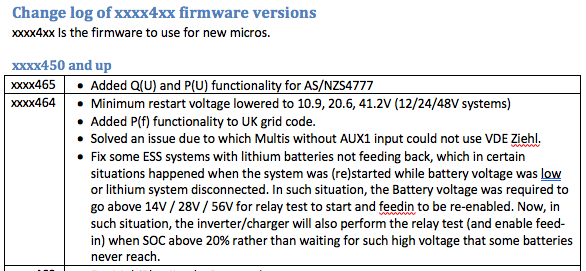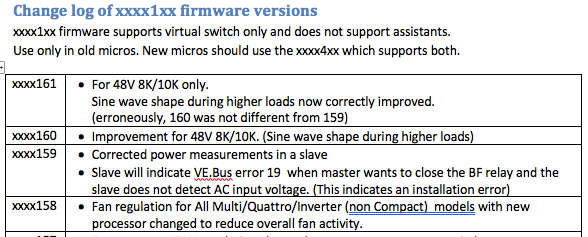When programming 48V off grid systems with lithium batteries, I have found that the the 'DC input low restart' value's minimum 4V above the 'DC input low shutdown' voltage to be way too high.
My feeling is that this 4V margin is intended for lead-acid batteries, but it is not suitable for the much narrower operating voltage range that many lithium batteries have these days.
It is important to have low voltage shutdown set correctly to protect the batteries from over discharge, however, if this does occur the system won't restart again until the batteries are almost full!
I have also found this to be problematic in the event that a system is at a partial SOC (say 40% for example) and it is shut down manually for maintenance reasons. In the process of shutting the system down the inverter experiences a 'DC input low shutdown' voltage (momentarily before it dies). Then when the battery is reconnected the inverter won't turn on until it reaches the 'DC input low restart' voltage which corresponds to a SOC much higher than 40%.
~~~
Another feature that would be nice would be to be able to shut the inverter down on a set SOC outside of the ESS assistant. Or maybe this is already possible by way of virtual switch, which I haven't explored much yet??




